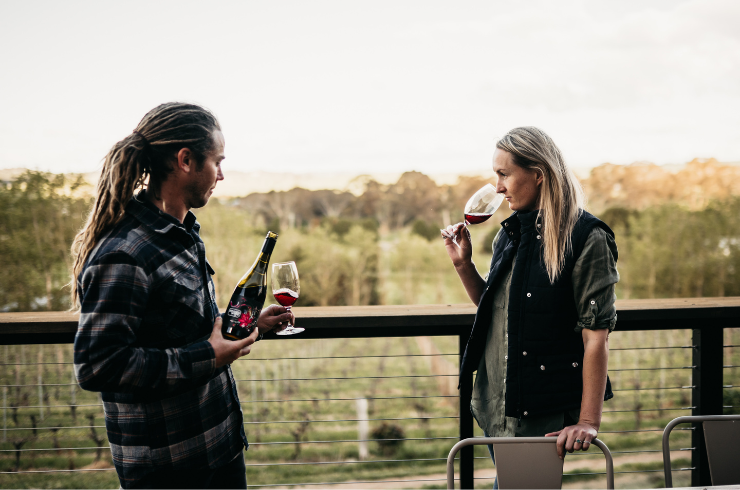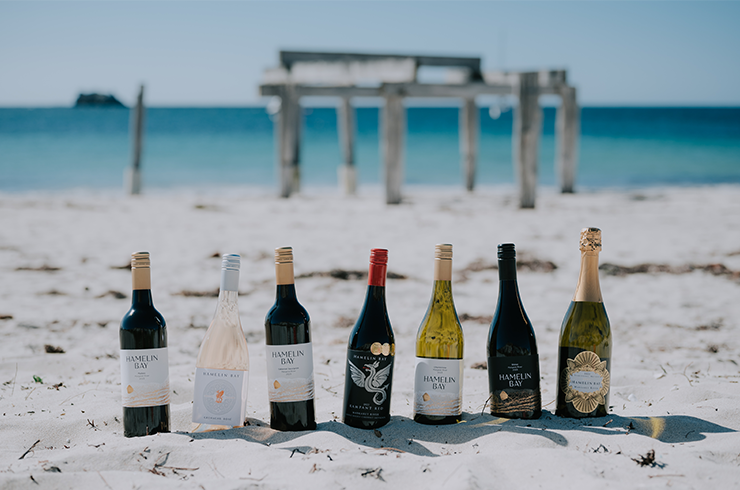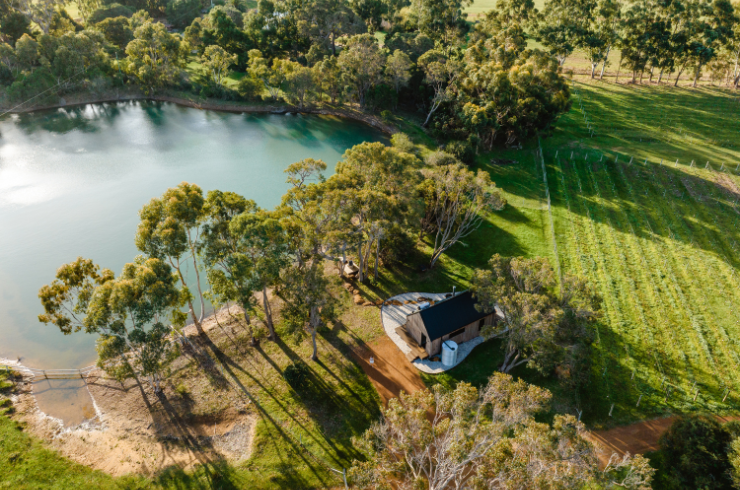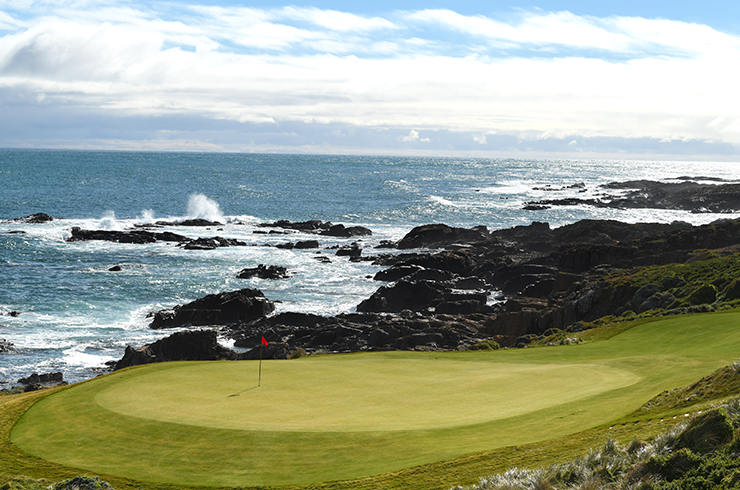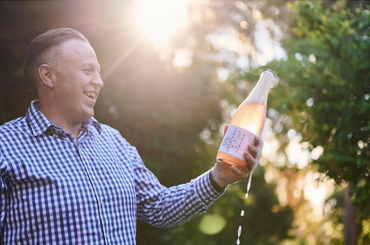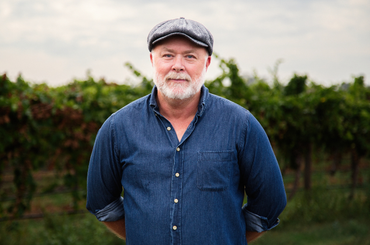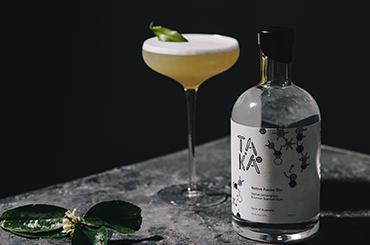Australia’s appetite for sparkling wine shows little sign of waning. The Champagne Bureau has reported an increase of 16.5 per cent in volume since 2021, equating to 10 million bottles and placing Australia as the sixth largest Champagne export market by volume. But what does this mean for Australia’s premium sparkling wine industry?
Considering that just 5.5 per cent of national wine production in 2019–2020 was fizz, it’s a tiny share of the total market, yet an important premium segment. Cool climate and high-altitude regions such as Tasmania, Adelaide Hills and Yarra Valley have cemented foundations for Australia’s greatest examples, however, there are several wine regions not traditionally known for bubbles that are on the rise.
A glance at this year’s Halliday Wine Companion Awards shows there’s one region kicking goals. Orange has all the makings of a stellar sparkling wine region: elevation, climate, and a community of dedicated winemakers who are on the same pathway.
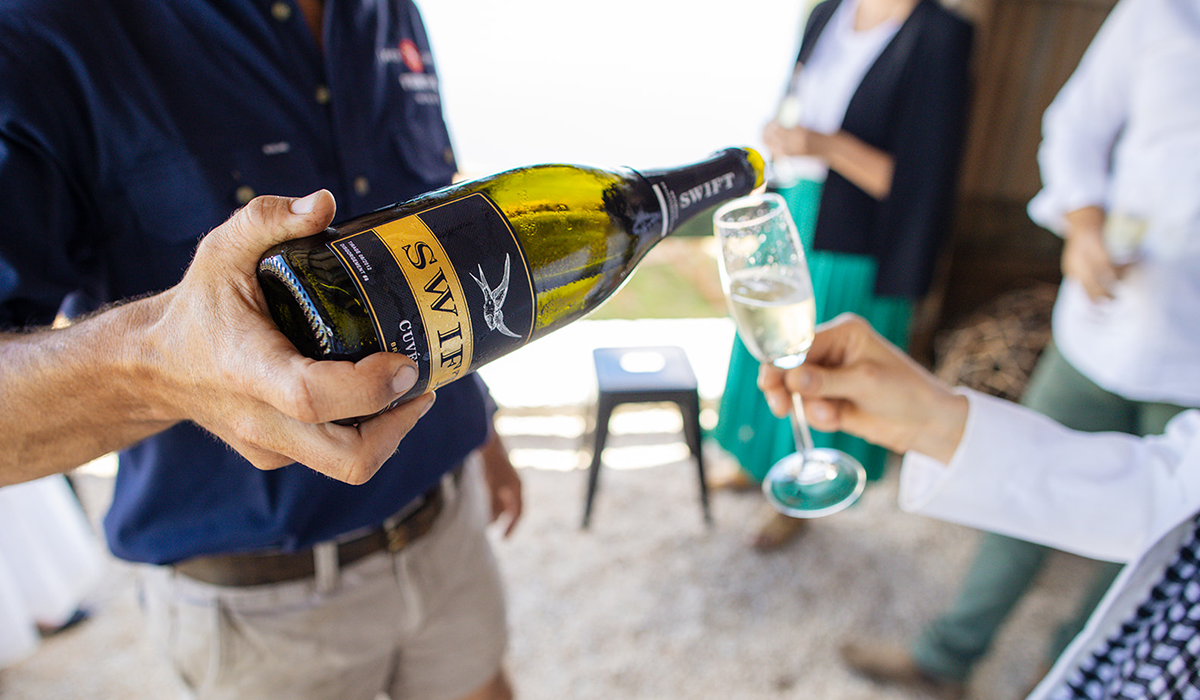
Drew Tuckwell, winemaker at Printhie Wines, has been aiming to craft great sparkling wine since the Swift sparkling program started in 2010, sourcing fruit from what the winemaking team considered the coldest vineyard in the region.
“It’s a long journey,” Drew says. “You’ve got to plant the seed, you’ve got to let it evolve. I never thought that Swift would get to where it is 12 years after we started.”
Having developed the sparkling portfolio into six wines, their bubbles are amongst the brand’s highest-selling by volume. “If the quality and the interest is there in the wine and you have the right channel, there’s certainly a good market for them,” he says.
“I think what Swift has been able to do for Orange is to give other producers the confidence that premium sparkling wine can be made in this region. Previously there was the odd bottle, but it was a bit of an add-on and quality was inconsistent. That’s changed dramatically – just look at the wine show results. I think that confidence has blossomed and there are a number of producers doing high quality and interesting wines.”

Gilbert Family Wines is one of those producers, with their 2016 Blanc de Blancs awarded Sparkling Wine of the Year at the 2023 Halliday Awards. Coming from a family of Australian viticultural and winemaking pioneers, winemaker Will Gilbert says it was a trip to Champagne in 2015 that changed the direction of his family winery
“After that trip, we focused on a different style to produce terroir-driven sparklings. Both of our sparklings are zero dosage, so we’re harnessing that amazing natural acid that we are fortunate to have from growing at such high altitudes. It’s a long growing season in Orange, so we get great flavour ripeness and depth of fruit, but with amazing acid retention.”
The wines are complex and with impressive length thanks to an extended time on lees – 50 months at minimum – and a shift to zero dosage. Will adds, “the beauty of zero dosage is that you do get to showcase that site and season as opposed to being restrained within the consistency of a house style.”

Gazing across the Nullarbor, Western Australia has not traditionally been sought after for its effervescence. However, it’s worth watching what is happening out West. The Berns family at Sittella is leading the way, with winemaker Yuri Berns developing a “sparkling obsession” at the age of 16. “I think you have to obsess, it’s not a lifestyle choice. You need to wake up thinking about wanting to get better."
"Our point is to put Western Australia on the map for a premium sparkling producer in the southern hemisphere, not just the country.” Yuri has been working on their sparkling project in the Swan Valley since 2011 when he returned from university.
“We were collecting reserve wines to start blending back into our non-vintage bubbles from Pemberton as well as looking at the clonal aspects of the varieties. Tony Jordan OAM established Domaine Chandon Australia (LVMH’s Australian sparkling wine project) and was a massive influence and aspiration in terms of aiming to make fine sparkling wine.”
Sittella produces a range of sparkling wines from both Swan Valley and Pemberton fruit, with recent accolades including a trophy at the Perth Royal Wine Show. The chenin blanc is from the Swan Valley, while Pemberton is a region in demand for chardonnay and pinot noir fruit.

“Pemberton’s growing season, average temperatures and rainfall are very close to the Adelaide Hills and the Yarra Valley,” says Yuri. “In terms of the regional characters of Pemberton, those cooler night-time temperatures help provide toasty, secondary, tertiary characters that you get with bottle age in premium sparkling winemaking.”
Yuri is close with Nic Bowen, Howard Park’s chief winemaker, and the two are united on the mission to place WA bubbles on the map. Having spent the past 12 years working on the House of Arras program with Ed Carr, Nic’s brought his experience to the sparkling program at Howard Park.
“When the Burchs gave me a call, one of the things that certainly attracted me to Howard Park was that they have the ambition to make Jeté into one of the nation’s top sparkling houses. Certainly, Pemberton has been a proven region, but the southern zones of the Great Southern, around Porongurup and Southern Mount Barker, are sites that have real potential for making smart sparkling wines.”
With Howard Park’s Petit Jeté NV sitting in the realm of 18–24 months on lees and at $32 per bottle, it’s a competitively priced traditional method blanc de blancs. “I don’t think we should be comparing ourselves against Champagne, a region that is just so vastly different. People should be willing to pay good money for a high-quality product. Australian traditional method sparkling wines do give great value for impressive quality.”

There’s another big name that has shifted into the WA sparkling scene in recent years, with the first vintage of Idée Fixe Premier Brut released in 2020. Paul Holmes à Court has provided some serious investment to Vasse Felix’s sparkling brand Idée Fixe, and while Margaret River isn’t, at first glance, a typical climate to grow grapes for bubbles, at the southern end of the region in Karridale it’s a different story.
Markedly similar to Pemberton in terms of latitude, the major differentiation is the coastal influence, with the Southern Ocean providing moderation and humidity. Idée Fixe is an impressive feat, with the state-of-the-art winery fitted out to handle the entire process from pressing through to boxing up cases.
Winemaker Mick Langridge says, “there’s no winery in Western Australia that’s purely dedicated to sparkling wine at this scale”. The Idée Fixe cellar door is due to open to the public in early 2024, with plans for an immersive sparkling experience alongside a tasting room. The brand’s focus is on crafting a premium blanc de blancs, understandable given that Margaret River is known for its chardonnay.
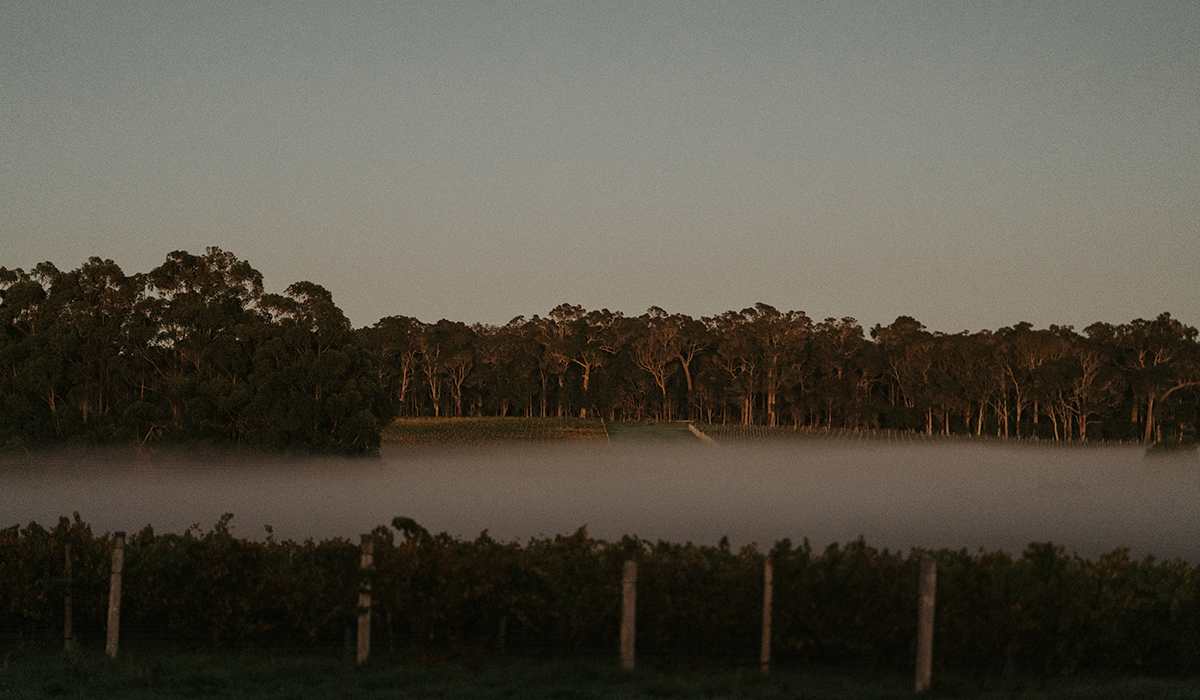
“It all started in our Karridale vineyard, which is about 30 hectares. Fruit for sparkling in this region is best from the south or southeast of Margaret River, and with an alternative clonal focus to the region’s dominant Gingin clone,” says Mick. It’s certainly a project to watch as reserve vintages build up.
There’s little doubt that Australia’s sparkling wine industry is going from strength to strength with emerging regions alongside the key players. While the larger brands with consistency and quality of their house styles are essential to drive consumer awareness and accessibility, the increasing prominence of growers focused on terroir and site expression ensures that there’s an exciting future for Australian fizz.
This article appears in issue #67 of Halliday magazine. Become a member to receive the print publication as well as digital access.
